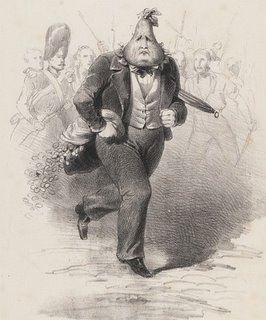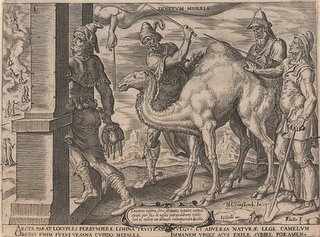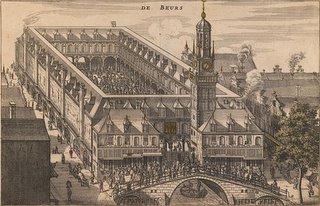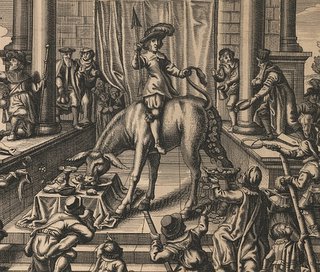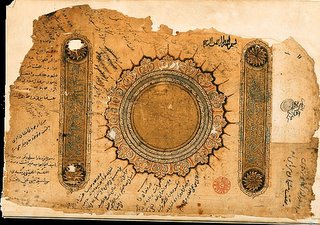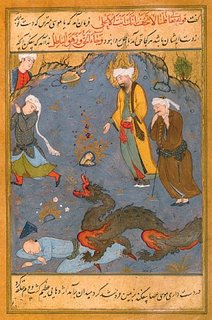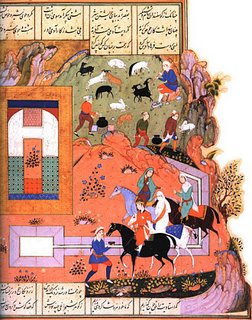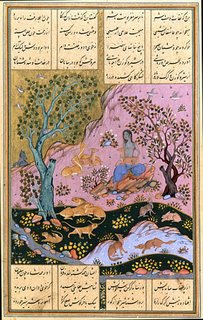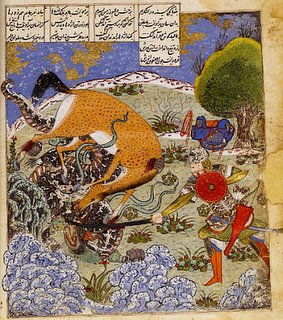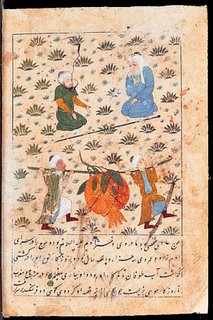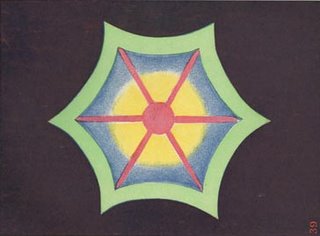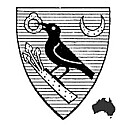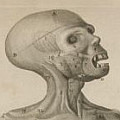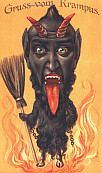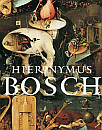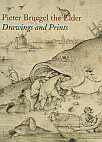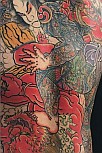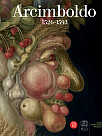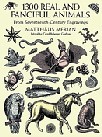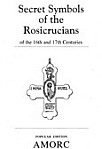Joseph Paget-Fredericks (1905-1963) inherited his parents love for collecting theatre memorabilia and studied art at the University of California and in Europe. His family had close ties to the elite ballet companies and he was appointed Artistic Director for Anna Pavlova's world tours in the early 1930s.
He went on to become the first lecturer in dance in the United States, taught colour and design and released several childrens books; and also a book about Pavlova from a planned series of ballet recollection pieces.
The online version of the Joseph Rous Paget-Fredericks Dance Collection, ca. 1913-1945 consists of 8 thumbnail pages (3 of photographs) of 368 images at UC Berkley's Bancroft Library. The material is either original drawings by Paget-Fredericks or material he collected. It would be fair to say that Anna Pavlova dominates the web collection, one way or another. Summary and biography.
"The categories by subject include: Isadora Duncan; Loie Fuller; Vaslav Nijinsky; Anna Pavlova; Ruth St. Denis; other dancers; decor and costume designs for ballets; other figure and costume studies; illustrations and graphic design; miscellaneous drawings and paintings; juvenilia; historic dance costumes; printed pictures and clippings; photographic prints; portraits; and works by other artists in various media."





